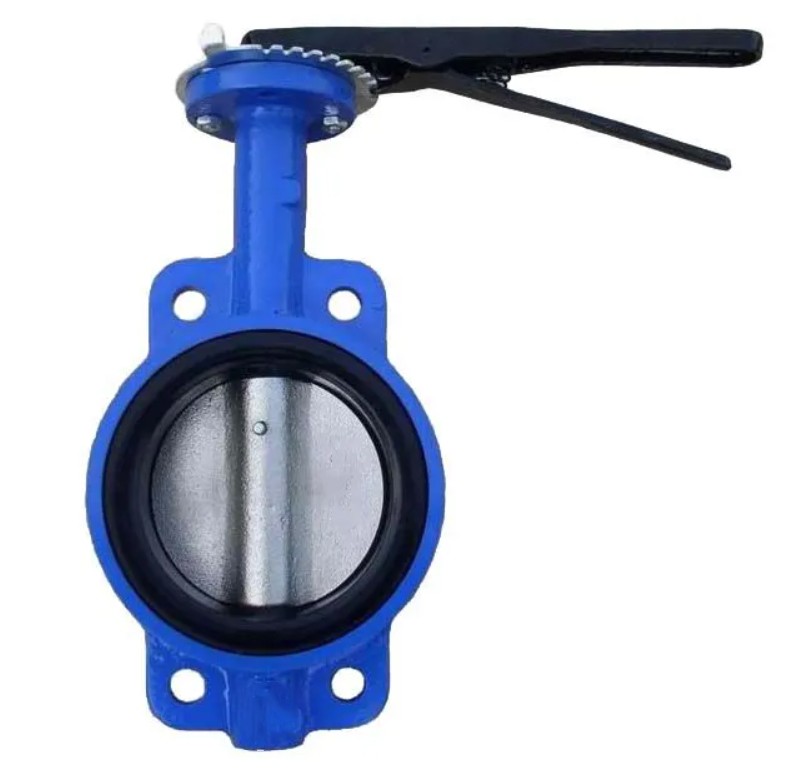Flanged Foot Valve Design and Applications in Fluid Control Systems
Understanding Flanged Foot Valves An Essential Component in Fluid Management
Flanged foot valves play a crucial role in numerous industrial applications, especially in the management of fluids. This specific type of valve is designed to control the flow of liquids and gases, ensuring that systems operate efficiently and safely. In this article, we will delve into the anatomy, functionality, and applications of flanged foot valves, elucidating their importance in various sectors.
Anatomy and Design
Flanged foot valves are typically installed at the bottom of a pump suction line. Their design incorporates a flanged connection, which allows for easy installation and removal. The “foot” of the valve is submerged in the fluid source, and it features a strainer that filters incoming fluids to prevent debris from causing damage to the pump. The valve itself consists of a mechanism that opens and closes in response to pressure differentials, allowing fluid to enter the pump while preventing backflow when the pump is not in operation.
The construction material of foot valves often includes corrosion-resistant alloys, plastic composites, or stainless steel to withstand the harsh conditions of various environments. This robust design not only ensures longevity but also contributes to the overall efficiency of the fluid management system.
Functionality
The primary function of a flanged foot valve is to maintain the prime of a pump by allowing fluid to flow into the suction line while preventing it from flowing back when the pump is turned off. This is particularly important in applications that require consistent fluid delivery, such as in water supply systems, irrigation, and industrial processes.
flanged foot valve

When the pump operates, the change in pressure opens the foot valve, enabling fluid to enter. Conversely, when the pump stops, the valve closes due to the lack of pressure, effectively creating a seal that prevents any backflow. This action not only protects the pump from potential damage but also maintains the integrity of the fluid system.
Applications
Flanged foot valves are widely used across various industries. In water supply and sewage systems, they are integral for regulating water flow and preventing contamination. Agricultural applications, particularly in irrigation systems, benefit from foot valves that enhance water efficiency and ensure consistent delivery to crops.
In industrial settings, these valves are employed in processes involving chemicals, oils, and other fluids where backflow could pose significant hazards. The oil and gas industry, for example, relies on foot valves to ensure the safe transport of hydrocarbons, thus maintaining operational efficiency and safety.
Conclusion
Flanged foot valves, despite their seemingly simple design, are essential components in fluid management. Their ability to facilitate the seamless flow of liquids while preventing backflow underscores their importance in various industries. As technology continues to advance, the design and functionality of foot valves are likely to evolve, further enhancing their role in fluid control systems. Understanding their features and applications not only equips engineers and technicians but also underscores the significance of reliable fluid management solutions in our modern world.
-
The Key to Fluid Control: Exploring the Advantages of Ball Valves in Industrial SystemsNewsJul.09,2025
-
The Versatile World of 1, 2, and 3 Piece Ball ValvesNewsJul.09,2025
-
Stainless Steel Ball Valves: The Ideal Choice for Efficient Flow ControlNewsJul.09,2025
-
Optimizing Fluid Control with Ball Float ValvesNewsJul.09,2025
-
Manual Gate Valves: Essential for Control and EfficiencyNewsJul.09,2025
-
Everything You Need to Know About Butterfly ValvesNewsJul.09,2025
-
The Versatility of Wafer Type Butterfly ValvesNewsJul.08,2025




